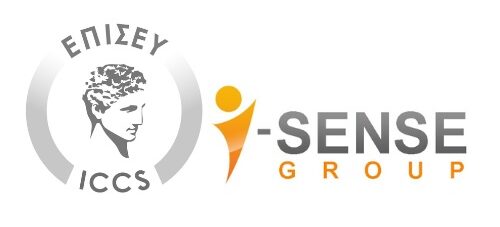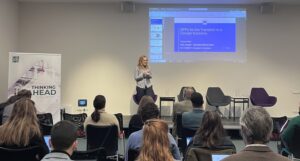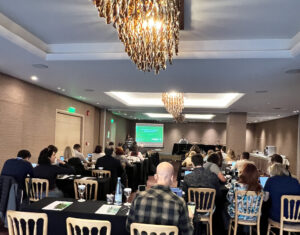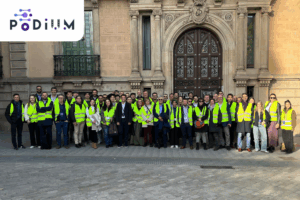High temperatures, extreme weather events and the effects of climate change in general consist today some of the greatest dangers to monuments of historical significance and cultural heritage around the world. Digital technology has the answers here as well, and our effort to protect monuments and archeological sites should be international in its nature.
The European project Hyperion is one of the most ambitious European initiatives for the protection of historical and cultural monuments from geoclimatic hazards. The award-winning project unites 18 organizations from 8 countries and Greece has an important role in the project. The Research Institute of Communication & Computer Systems (ICCS/ NTUA) of the National Technical University of Athens (and ISENSE Group) coordinated Hyperior and the medieval city of Rhodes is one of the four pilot sites.
The medieval city of Rhodes was founded in 408 BC and today is a monument of UNESCO world cultural heritage whose preservation is of utmost importance. Recently, sensors were installed there in order to collect data on the multiple threats facing the monuments, such as the risks of possible earthquakes, floods, storms, fires, strong winds, precipitation, heat waves, etc. More specifically, tests take place in some of the oldest monuments of the island, such as the Lighthouse of the fortress of Agios Nikolaos, the Tower of Naillac, the tombs of Ptolemy and Corinth but also in one of the oldest and most important bridges in Greece, Hellenistic bridge of Rhodes. This bridge – despite its daily use – has been preserved for 2,200 years.
Today, in both Rhodes and the European historic cities of Granada, Venice and Tonsberg, the project utilizes innovative technologies and digital tools (climatic models, models of extreme phenomena and their effects, structural analysis, Copernicus services, terrestrial images) to create a pioneering platform through which competent cultural institutions and public authorities will be informed about the dangers threatening monuments and archeological sites and will be able to make faster and more effective decisions, with the aim of sustainable reconstruction of historical sites and protection of their tangible cultural heritage.
The project enjoys international recognition and last November, it was awarded for its research contribution to the protection of the ecological and architectural environment with the “Laurate 1st Series”, in the context of the Environmental Competition “EcoWorld-2021”.
As stated by the coordinator of HYPERION and Director of Research and Development at ICCS / NTUA, Dr. Angelos Amditis. “Adaptation to climate change and geoclimatic risks is a process that is absolutely essential to the preservation of our historical and cultural monuments. Cutting-edge technologies are the key to this.”
From the Greek side, the Aristotle University of Thessaloniki, the National Technical University of Athens, the Municipality of Rhodes, the Tax Office of Antiquities of the Dodecanese and the Intercultural Euro-Mediterranean Center for UNESCO also participate in the project. More information on research activities at HYPERION can be found both on the website (www.hyperion-project.eu)







